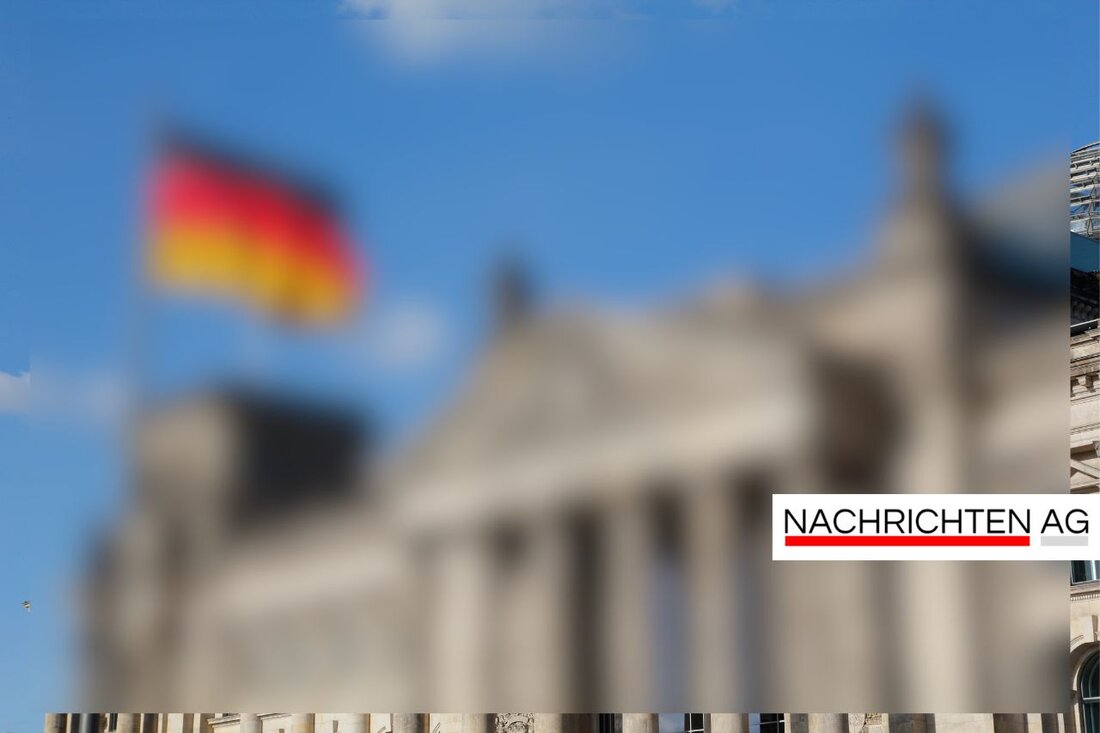New substation in Ludwigsfelde: electricity for 20,000 households!
Edis is investing 6 million euros in new substations and power lines in Ludwigsfelde to secure industrial supplies for 20,000 households.

New substation in Ludwigsfelde: electricity for 20,000 households!
Something is happening in Ludwigsfelde! Edis, the regional network operator, has big plans for network expansion in the region. Castellini near Ludwigsfelde takes a look at the progress that is currently being made to meet the increasing electricity needs of the economy in Teltow-Fläming and the Dahme-Spreewald district. A construction site sign on the extended Gottlieb-Daimler-Straße announces the construction of a new substation that will supply both industry and up to 20,000 households with electricity. The old substation no longer met the requirements of the modern energy transition and is being replaced by a more efficient and cost-effective solution that also meets the challenges of a changing electricity market. A total investment of no less than six million euros is planned for this project [maz-online.de](https://www.maz-online.de/lokales/teltow-flaeming/ludwigsfelde/strom-fuer-die-wirtschaft-i n-tf-und-lds-edis-plans-new-substations-and-routes-MQVKHZABRBASPIM5IOCFF7M3MQ.html?outputType=valid_amp) reported.
But that's not all! The network expansion is part of a comprehensive project aimed at better supplying the commercial areas in the region. The request for more electricity capacity is no coincidence: Electricity demand is increasing rapidly, especially in the southern Berlin belt, where energy-intensive data centers and logistics companies are flourishing. One example is the new Chefs Culinar food service logistics center at Eichspitze, which has already set up charging stations for trucks. It becomes clear here that the needs of the operators in the Hechtstücken industrial estate near Mittenwalde are great.
Power lines for the future
Edis is also planning to build a new high-voltage line between Thyrow and Großbeeren over a distance of 15 kilometers. The approval application for this route is expected to be submitted next year, and commissioning is targeted for 2031. Further high-voltage lines between Thyrow, Mittenwalde, Wildau, Luckenwalde and Groß-Köris are also on the agenda. These measures must be seen in the context of the energy transition that Germany is striving for. We want to be climate-neutral by 2045 and this requires a constant expansion of sustainable electricity networks, according to the insights of bundeswirtschaftsministerium.de.
In order to achieve these ambitious goals, not only the expansion of new infrastructure is necessary, but also close cooperation between the network operators. With the “System Stability Roadmap”, the federal government is pursuing the plan to ensure stable network operation with 100% renewable energies. A goal that should not be lost sight of when considering the growing number of renewable generation, storage and consumption systems. The path there presents challenges, especially due to the complexity and risk factors that come with digitalization - a topic that is also supported by statista.com.
The energy transition at a glance
The central components of the Germany-wide energy transition are the conversion of fossil and nuclear energy systems to renewable sources such as wind, solar and hydropower. This is essential to sustainably reduce greenhouse gas emissions. Renewable energies currently cover around 63 percent of net electricity generation in Germany and save millions of tons of CO2. However, the transport and buildings sectors are lagging behind and require urgent action.
The developments in Ludwigsfelde are therefore a step in the right direction in order to meet the high requirements of a sustainable energy supply. The expansion of power grids and the integration of renewable energies are essential for a green future - and the first steps have already been taken to prepare the region for the future.

 Suche
Suche
 Mein Konto
Mein Konto